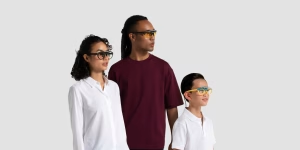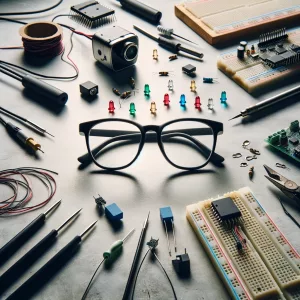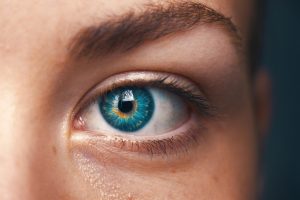The quiet eye in sports is the final, focused gaze before a critical action, enhancing precision, decision-making, and performance under pressure. Discover its science, benefits, and how athletes can train it using tools like eye-tracking glasses for elite performance across disciplines like basketball, tennis, golf, and soccer.
Table of Contents
Most people will be aware of the motivational phrase “keep your eye on the ball” to imply that this is no time for mistakes and impulsive decisions. What most people might not be aware of, however, is that it is absolutely true! Keeping your eye on the ball is literally the key to success – at least, measurably, in sports.
Across sports, especially the in professional sports, success often hinges on more than just physical prowess. Athletes competing at the highest levels understand the critical importance of mental focus and visual attention. One concept that has garnered significant attention in sports psychology and neuroscience is the “quiet eye”.
What is the quiet eye in sports, and why is it so pivotal to elite performance? Let’s dive into the science, practical applications, and ways it can be trained using cutting-edge tools like eye-tracking glasses.
What Is the Quiet Eye in Sports?
The quiet eye refers to the final, focused gaze on a target before executing a motor action, such as shooting a basketball, hitting a golf ball, or serving in tennis. This brief period of intense visual fixation, typically lasting 300 milliseconds to over 3 seconds, is critical in ensuring optimal decision-making and precision.
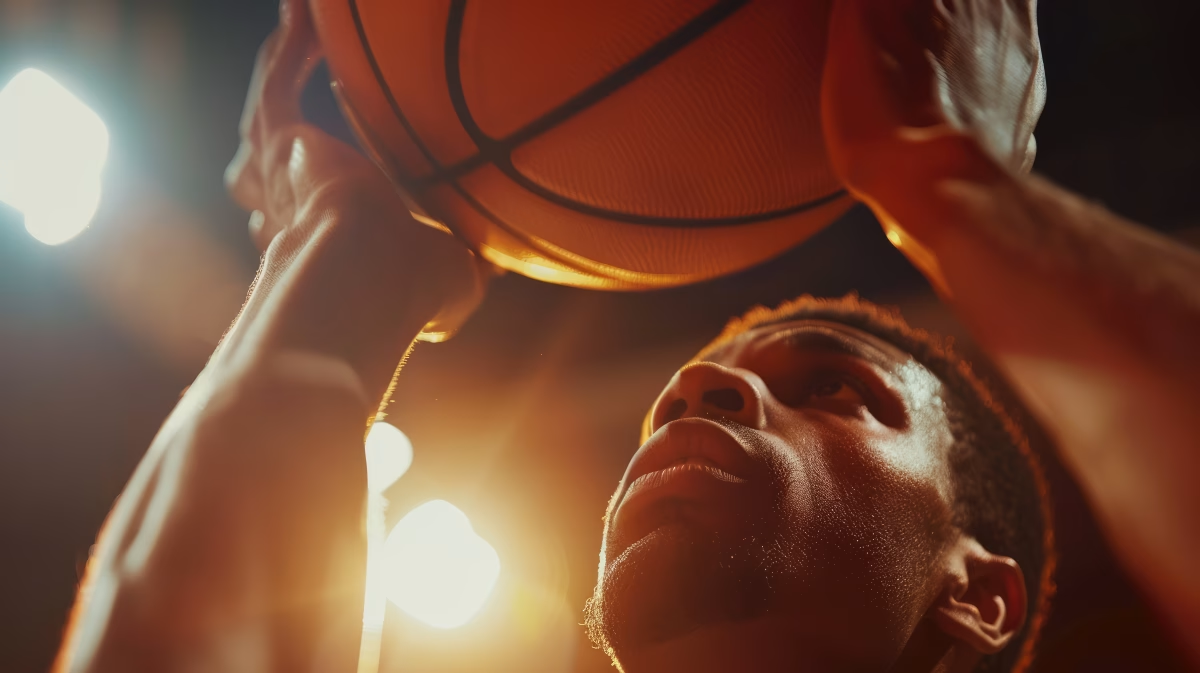
Discovered and popularized through the research of Dr. Joan Vickers, a professor of kinesiology, the quiet eye concept highlights the link between vision, cognition, and action. Athletes with a longer quiet eye duration-meaning they fixate on their target longer before acting-are often more successful in high-pressure situations. This phenomenon is not limited to one sport; it has been observed across disciplines, including tennis, basketball, golf, ice hockey, football (European and American, and even archery.
Why Is the Quiet Eye Important?
The quiet eye is often described as the “calm before the storm.” It allows athletes to process critical visual information and suppress distractions, ensuring their movements are deliberate and precise. Here are some of the key benefits:
- Enhanced Focus and Precision: Athletes with a well-trained quiet eye can filter out irrelevant stimuli, such as crowd noise or opposing players, and concentrate on what matters most: their target.
- Improved Decision-Making: By extending their quiet eye duration, athletes gather and process more information about the target and surrounding environment, leading to better tactical decisions.
- Reduced Performance Anxiety: The quiet eye helps athletes maintain composure under pressure, enabling them to execute their skills confidently.
- Optimal Motor Control: This prolonged focus aligns the brain’s motor planning systems, ensuring smooth and accurate execution of complex movements.
How Is the Quiet Eye Trained?
The quiet eye is a skill that can be developed through deliberate practice, often incorporating modern tools like eye-tracking glasses. These devices measure an athlete’s gaze patterns, providing real-time feedback to optimize their focus and duration of visual fixation.
1. Using Eye-Tracking Glasses
Eye-tracking glasses have revolutionized quiet eye training by offering a detailed analysis of where and how long an athlete focuses. These wearable devices track the athlete’s line of sight and provide data on gaze fixation, saccades (rapid eye movements), and overall visual attention. Here’s how they can be used:
- Visual Feedback Training: Coaches can review recorded footage of an athlete’s gaze to identify whether their quiet eye duration is too short or misdirected. This allows targeted corrections in their focus.
- Simulation-Based Practice: Eye-tracking glasses can be integrated into game-like scenarios, allowing athletes to replicate real-world conditions and refine their quiet eye performance in context.
- Progress Tracking: Over time, data collected from these glasses can show improvements in quiet eye duration, validating the effectiveness of training interventions.
Eye Tracking Glasses
Compare the best in market
- Compare the specifications of each hardware
- Learn more about eye-tracking metrics
- Finding the right equipment for
your research
2. Quiet Eye Drills
Traditional quiet eye training involves drills that emphasize visual fixation and maintaining focus under pressure. For example:
- Target-Specific Focus Drills: Athletes practice maintaining their gaze on a target (e.g., the basketball hoop or a golf ball) for several seconds before executing their action[8].
- Pressure Scenarios: Simulating high-pressure environments, such as time-limited free throws or penalty shootouts, trains athletes to sustain their quiet eye even in stressful situations.
- Video-Based Training: Watching slow-motion replays of their actions while focusing on the quiet eye phase can help athletes internalize effective gaze patterns.
3. Mindfulness and Visualization
Mental training techniques like mindfulness meditation and visualization also enhance the quiet eye. By calming the mind and visualizing successful outcomes, athletes can extend their quiet eye duration naturally, even in the absence of eye-tracking technology.
The Quiet Eye Application Across Sports
The quiet eye is universally applicable, with research demonstrating its impact in diverse sports:
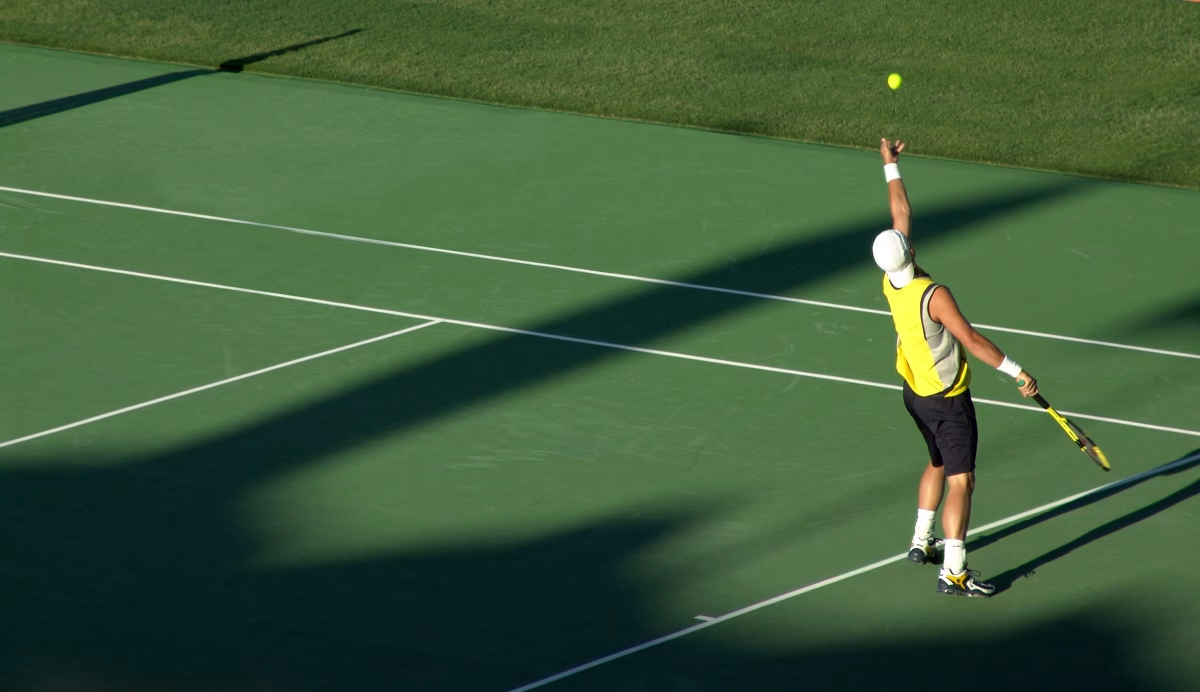
- Basketball: Players with longer quiet eye durations during free throws show higher accuracy. The quiet eye helps players ignore distractions and focus solely on the hoop.
- Golf: Elite golfers fixate on the ball for longer periods before their swing, improving their accuracy and reducing errors.
- Soccer Goalkeeping: Goalkeepers who maintain a quiet eye on the ball during penalty kicks can anticipate the shooter’s intent more effectively.
- Ice Hockey: During slap shots, players with a longer quiet eye duration better coordinate their stick movement with their target.
- Tennis: Players with longer quiet eye durations during serves or returns can improve their anticipation and shot accuracy.
- Soccer (Field Players): Players with a well-timed quiet eye focus can make better decisions during passes, dribbles, or goal attempts.
- Football (American): Quarterbacks use the quiet eye to scan the field and accurately target their receivers, even under pressure.
The Science Behind the Quiet Eye
Neuroscientific studies reveal that the quiet eye operates as a bridge between vision and action, engaging the brain’s visual and motor control centers. Key findings include:
- Activation of the Dorsal Stream: The quiet eye relies on the dorsal visual stream, which processes spatial information and guides movement.
- Reduced Cognitive Load: Athletes with a trained quiet eye exhibit lower brain activity in areas associated with distraction and stress, allowing them to remain calm and focused.
- Efficient Neural Pathways: Prolonged focus during the quiet eye phase optimizes the brain’s motor planning, ensuring precise execution of movements.
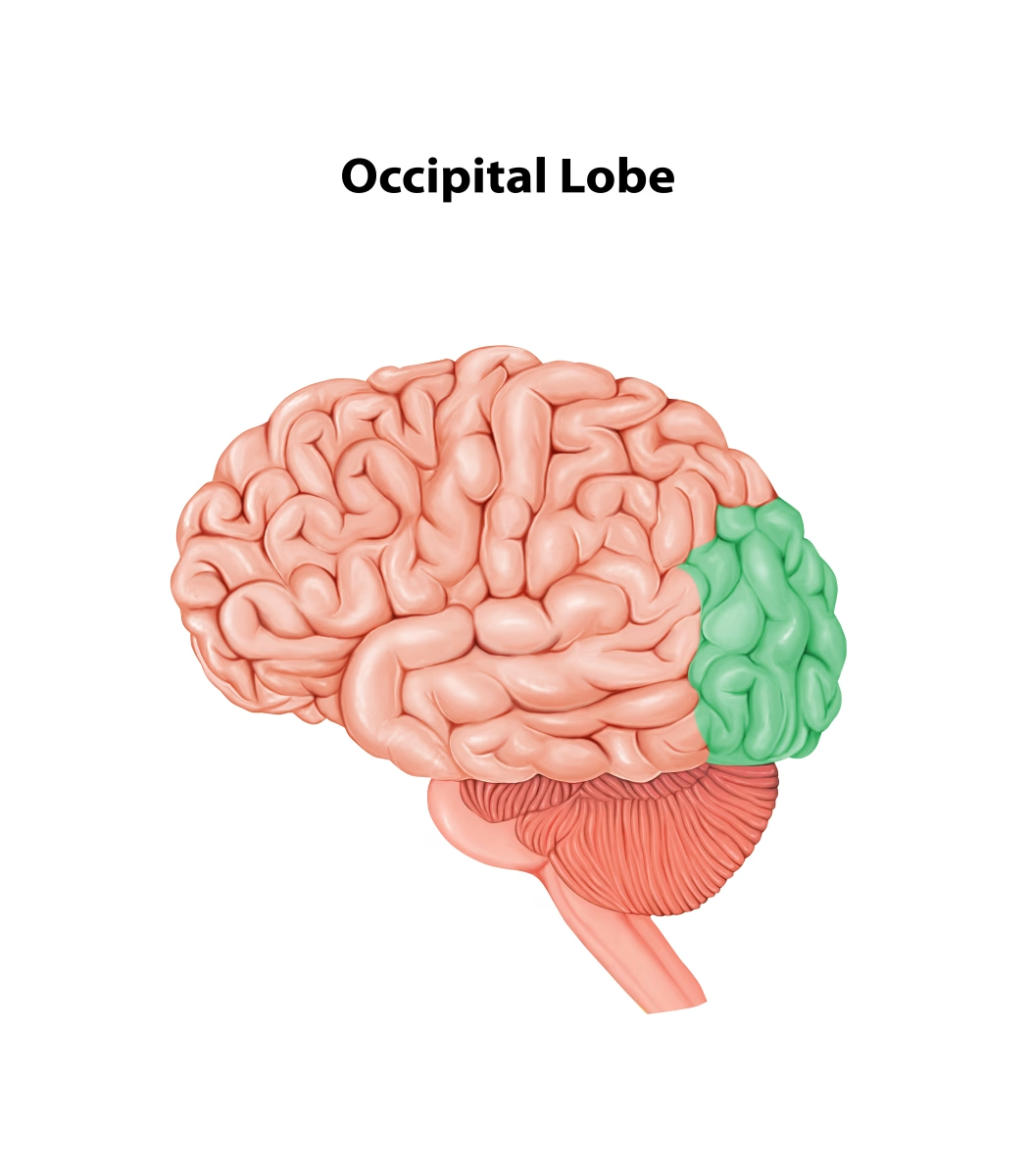
Conclusion: Harnessing the Quiet Eye for Peak Performance
The quiet eye is more than just a fascinating concept; it’s a practical tool that can transform athletic performance. By extending their quiet eye duration, athletes can enhance their focus, precision, and composure, even in the most demanding situations[1][6]. With innovations like eye-tracking glasses, training the quiet eye has become more accessible and effective, offering athletes a scientific edge.
Whether you’re a coach, a sports scientist, or an athlete, investing in quiet eye training can lead to noticeable improvements in performance. After all, in the high-stakes world of sports, a fraction of a second of focused vision can make the difference between victory and defeat.
Eye Tracking Glasses
The Complete Pocket Guide
- 35 pages of comprehensive eye tracking material
- Technical overview of hardware
- Learn how to take your research to the next level
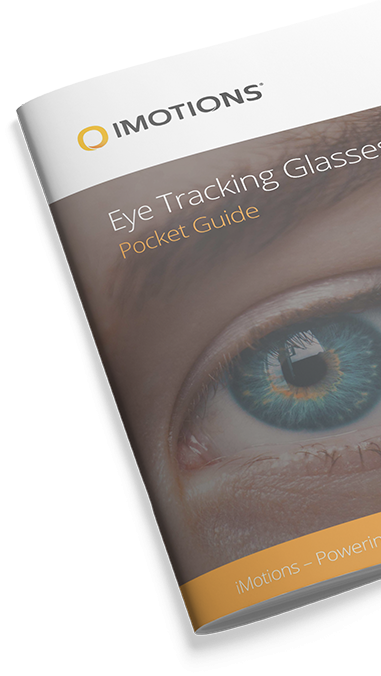
References:
- https://www.nature.com/articles/s41598-024-55716-z
- https://members.believeperform.com/i-spy-with-my-quiet-eye-the-quiet-eye-and-its-application-to-skill-acquisition-and-performance/
- https://www.scienceforsport.com/the-quiet-eye-phenomenon/
- https://barcainnovationhub.fcbarcelona.com/blog/mysteries-quiet-eye-technique-elite-athletes/
- https://www.researchgate.net/publication/308202766_Quiet_Eye_and_Performance_in_Sport_A_Meta-Analysis
- https://www.tandfonline.com/doi/full/10.1080/1750984X.2024.2437385
- https://www.researchgate.net/publication/232939495_Quiet_Eye_Training_Effects_on_Learning_and_Performance_Under_Pressure




